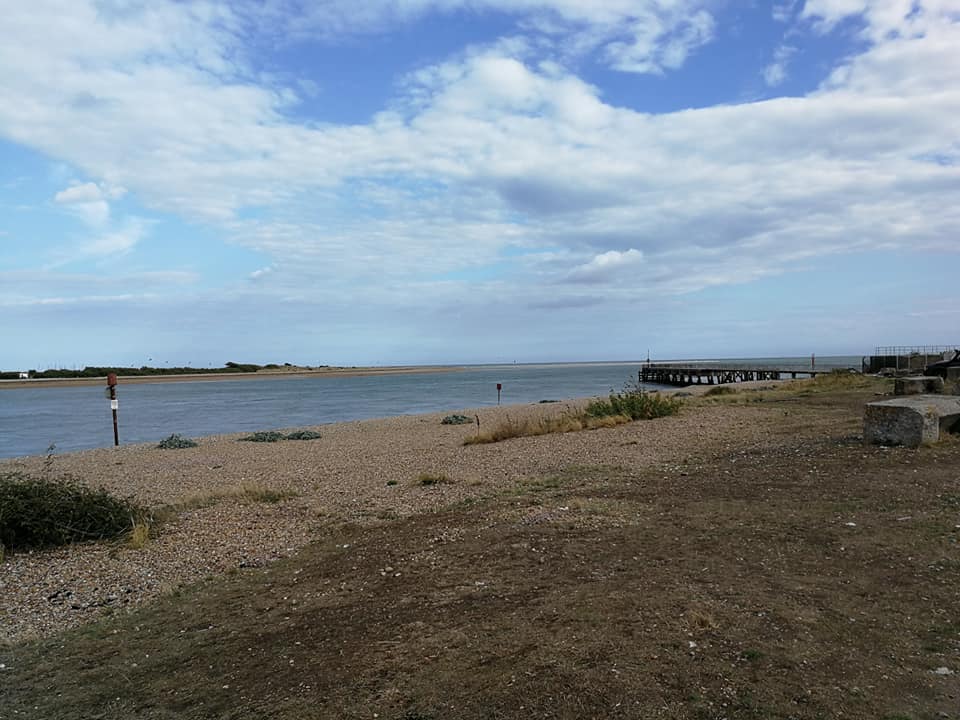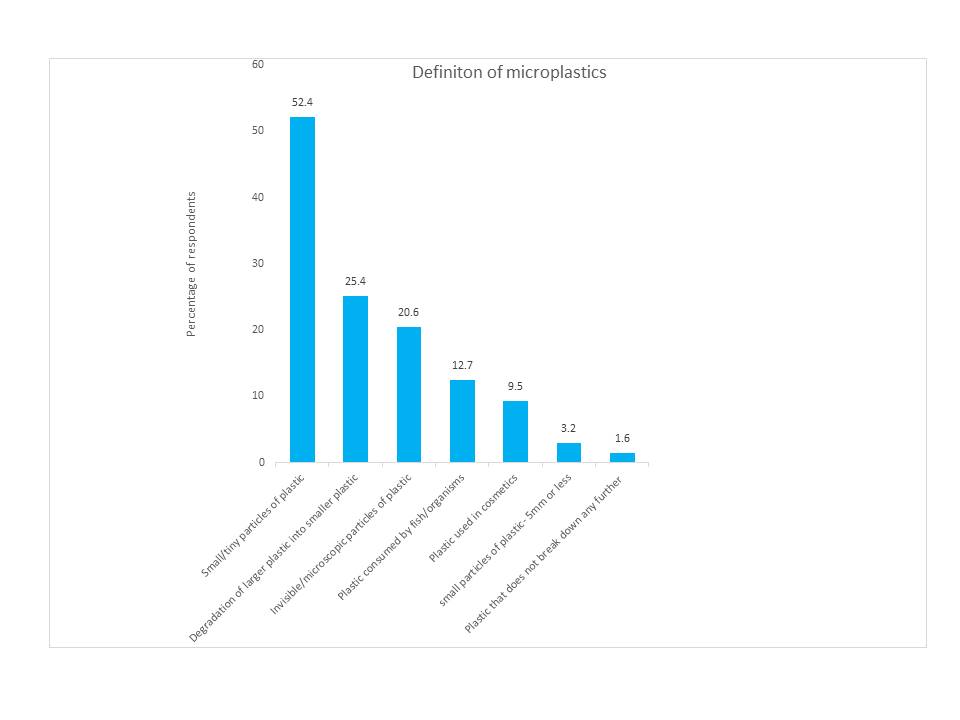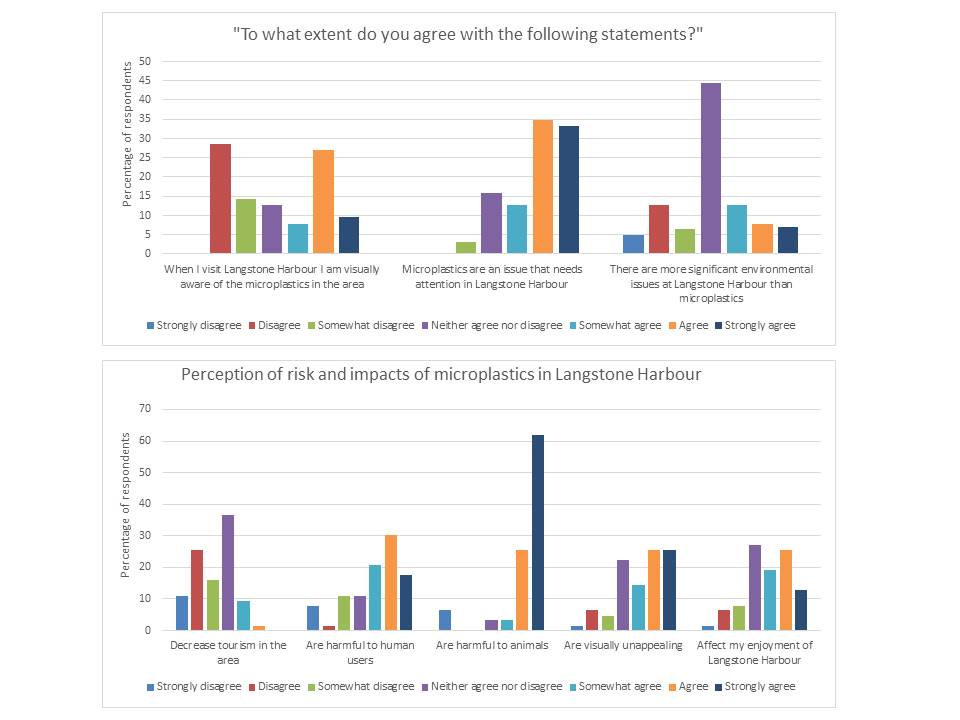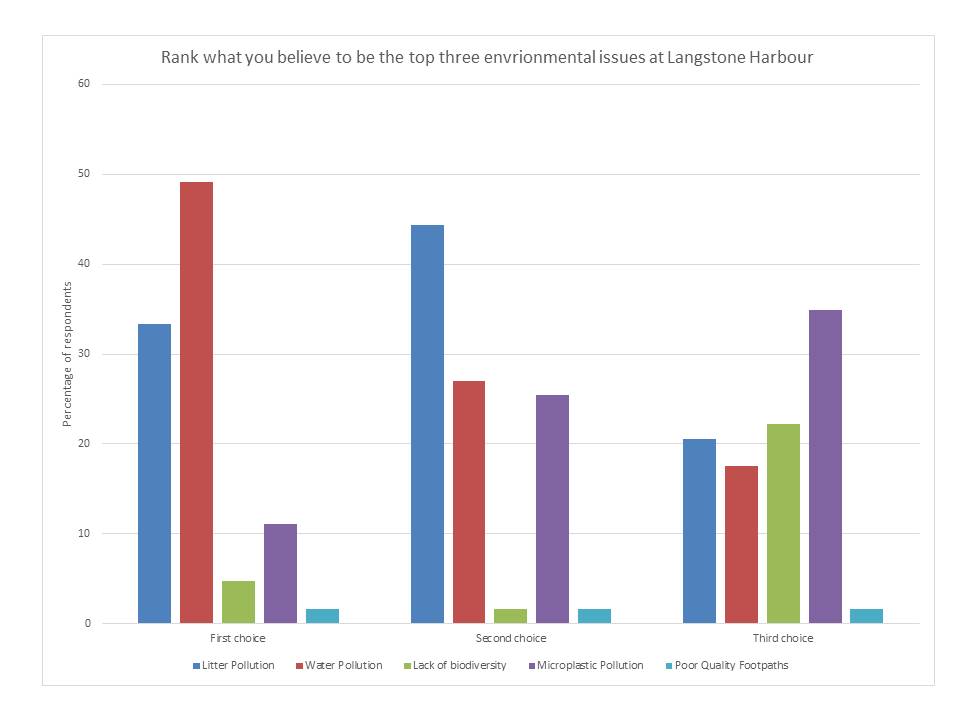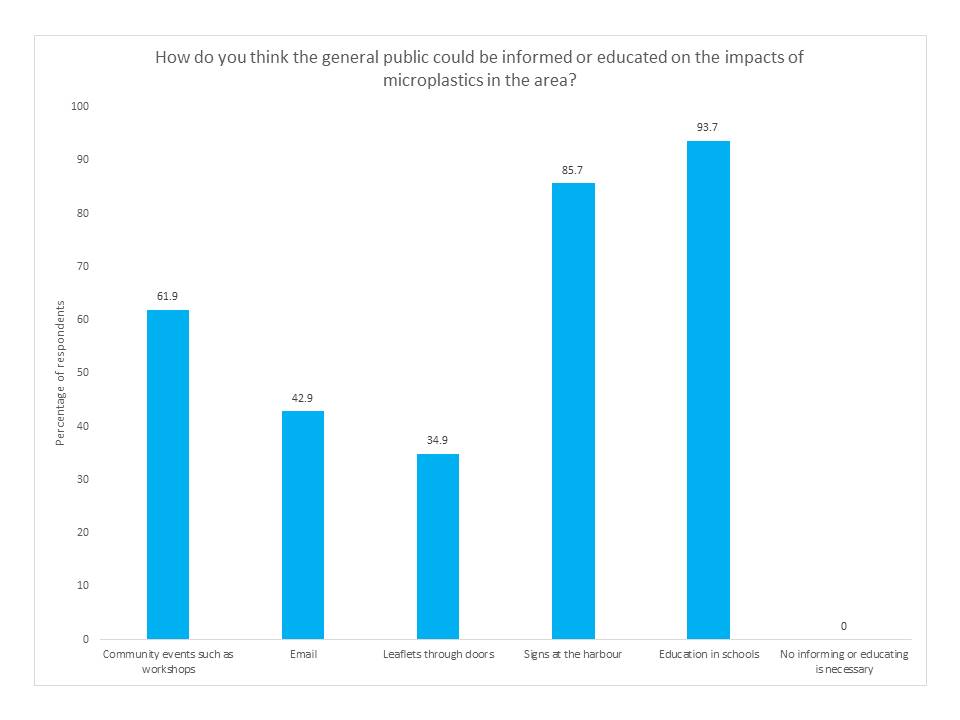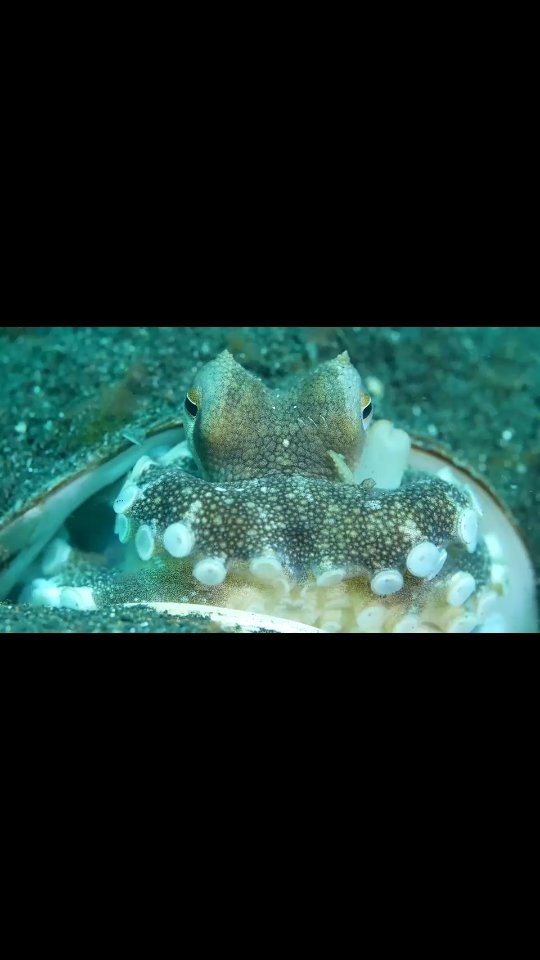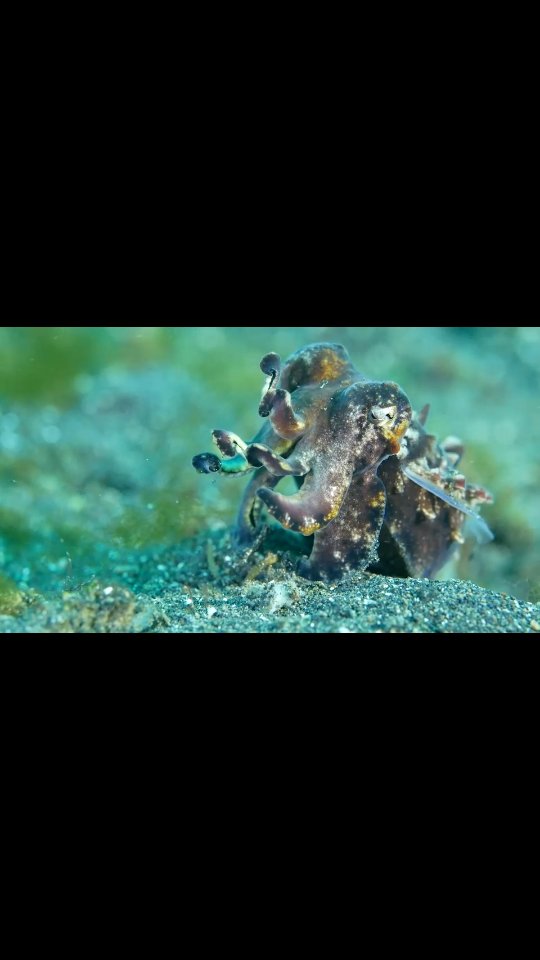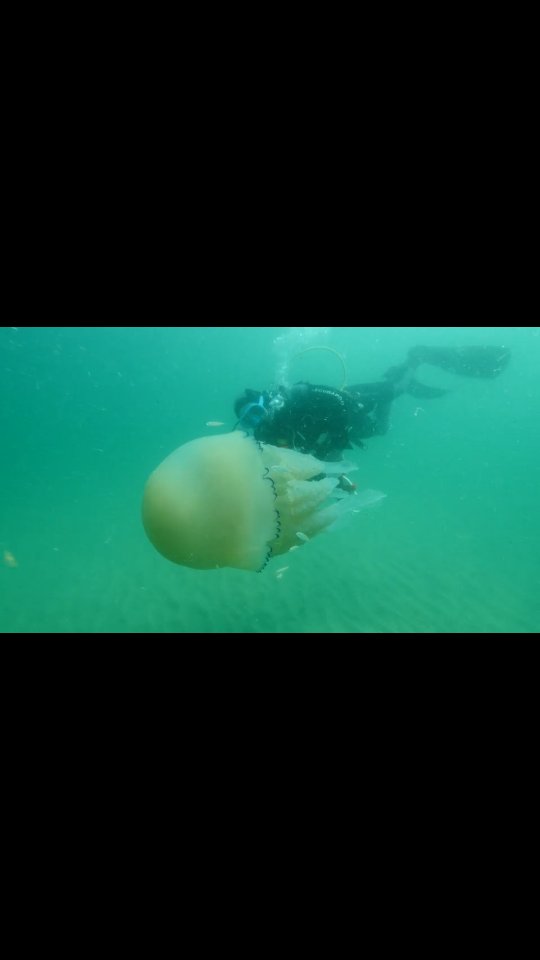Introduction
Microplastics have become a concern in recent years as they pollute the marine environment, enter food chains and potentially impact human health. Defined as particles of plastic less than 5mm in diameter, this research explores the understandings of these pollutants in a specified location- Langstone Harbour, Hampshire. There are relatively few studies which focus on perceptions of microplastics, and none which examine Langstone Harbour. This study has found there to be a good understanding of the issue of microplastics in Langstone Harbour, however recreational users see there to be issues of greater importance in the harbour, such as water quality and littering. The study addresses how managing microplastics in one location is a challenge and addresses other ways to manage and raise awareness of microplastics.
Study Site
Langstone Harbour is located between three linked harbours on the southeast coast of Hampshire in the Solent, with Portsmouth Harbour to the west and Chichester Harbour to the east. The Harbour holds importance for its number of environmental designations, which include being a: Ramsar Wetland of International Importance, a Site of Special Scientific Interest (SSSI), Special Area of Conservation (SAC), Special Protection Area (SPA) and Local Nature Reserve (LNR). Due to this the Harbour’s wildlife and habitats are of national and international importance.
The Solent has a high propensity for plastics, plastics in the form of microbeads and plastics broken down from larger forms. Research carried out into the Solent region found significant quantities of plastic within the Solent estuarine complex. Key local sources such as wastewater treatment plants and the plastic industry were identified as being major inputs of microplastics.
Method
The research design used a mixed method approach, combining qualitative and quantitative data in the same study. A questionnaire was carried out by recreational users of Langstone Harbour, along with 5 semi structured interviews with professionals whose work relates to Langstone Harbour. Results were then analysed to identify key themes.
Results and discussion
The questionnaire was sent to 12 clubs and responses were gained from seven. In total 63 questionnaire responses were filled out, along with five semi structured interviews.
Defining microplastics
Respondents were asked to define microplastics, the answers were analysed, and common themes displayed in a graph (figure 1). Due to the respondents mainly consisting of recreational water users they had a higher than expected understanding of microplastics, probably because of their involvement in the marine environment causing them to be more environmentally aware than most of the general public. Previous studies have shown that those with more involvement and awareness of the environment have a greater understanding of microplastics. The most common answer to “what do you think is the cause of microplastics?” was rubbish disposal or littering, with 36.5% of respondents stating it as a cause of microplastics. Sewage also scored highly with 15.9%. Cosmetics, which are an example of a primary microplastic was scored amongst the lowest, with only 1.6% of respondents stating they thought cosmetics are a cause of microplastics. Therefore overall, there is a range of level of knowledge on microplastics. It can be understood that as respondents are involved with the marine environment through their recreational activities or through their professional work their knowledge and understanding of microplastics is greater than those not involved in the marine environment.
Perceptions of microplastics in Langstone Harbour
Just under 70% agree or strongly agree that microplastics are an issue in Langstone Harbour, with only 3.2% somewhat disagreeing and no one disagreeing or strongly disagreeing (see figure 2). Respondents were given a list of statements relating to the risks and impacts of microplastics in Langstone Harbour and asked to state the extent to which they agree or disagree, shown in figure 3. The most obvious result is that almost 65% strongly agree that microplastics in Langstone Harbour are harmful to animals, with almost all the other respondents agreeing. Respondents were not asked why they are harmful to animals, however throughout responses to other questions the idea of microplastics entering the food chain came up. For example, several spoke of this when describing what a microplastic is- gets into the food chain of fish and wild animals and eaten by various wildlife and incorporated into the higher food chain.


